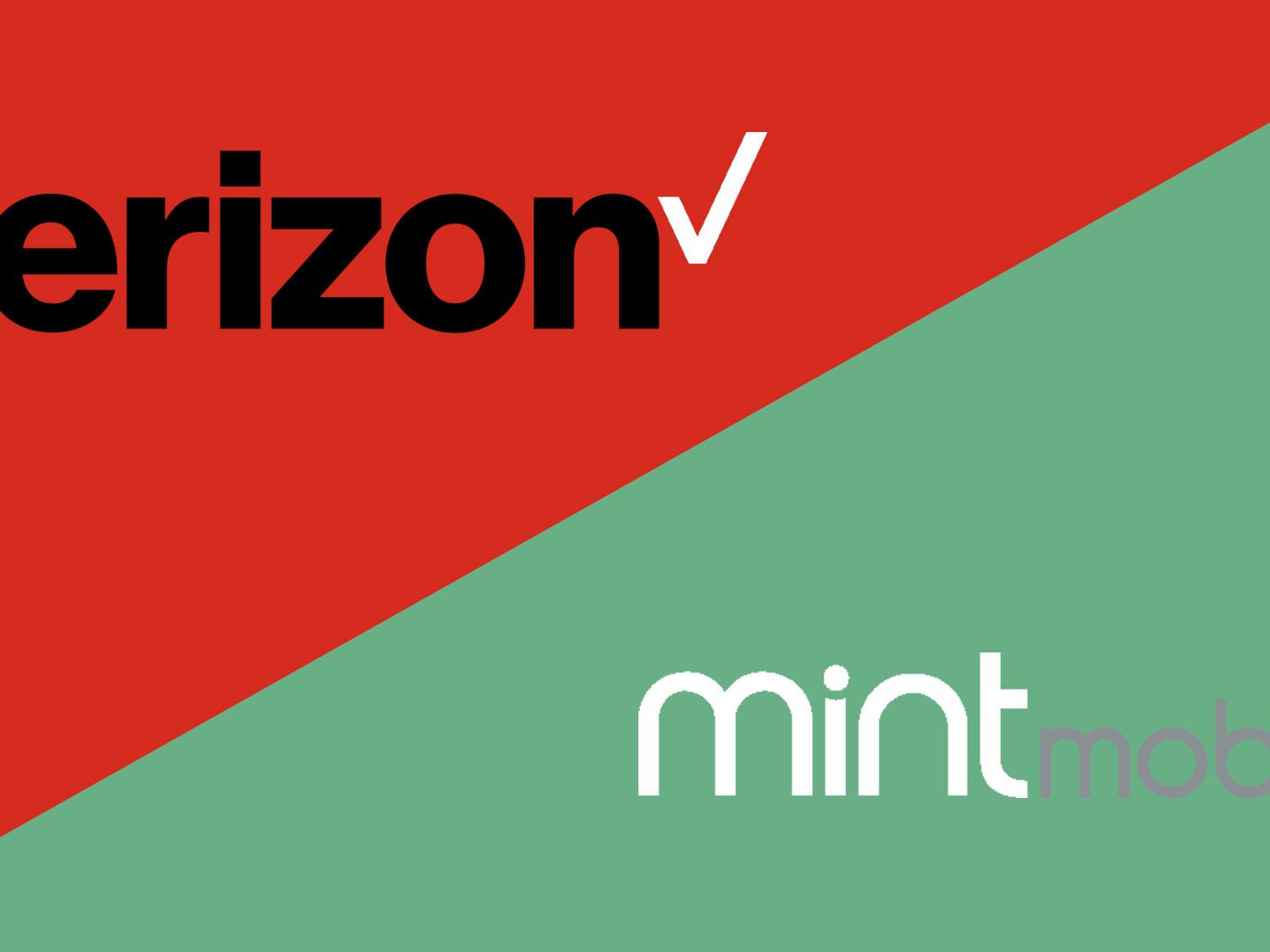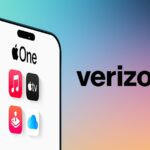Choosing a mobile carrier often comes down to two key factors: price and coverage. While Mint Mobile is known for its affordability and Verizon for its network reputation, understanding how their coverage actually compares is crucial. This article dives into the specifics of the mint mobile coverage map vs. Verizon to help you decide which network better suits your needs in the United States.
Understanding the Networks: Who Powers Whom?
Before comparing maps, it’s essential to know which network each carrier uses:
- Verizon: Operates its own extensive, nationwide network. It builds and maintains its own cell towers for both its 4G LTE and 5G services.
- Mint Mobile: Operates as a Mobile Virtual Network Operator (MVNO). It does not have its own network infrastructure. Instead, Mint Mobile uses T-Mobile’s network for its coverage. Therefore, comparing Mint Mobile’s coverage to Verizon’s is effectively comparing T-Mobile’s network reach against Verizon’s.

The Mint Mobile Coverage Map vs. Verizon: A Tale of Two Networks
Because they utilize different underlying infrastructures (T-Mobile for Mint, and its own for Verizon), their coverage strengths and weaknesses differ significantly.
4G LTE Coverage
Historically, this has been Verizon’s strong suit.
- Verizon: Generally considered to have the broadest and most reliable 4G LTE network coverage across the United States, reaching roughly 70% of the country’s landmass. It particularly excels in providing consistent service in many rural and remote areas where other networks might struggle.
- Mint Mobile (via T-Mobile): Offers widespread 4G LTE coverage, reaching approximately 62% of the US. While strong in most urban and suburban areas, its 4G LTE footprint can be less dense than Verizon’s in some rural regions, particularly in the western parts of the country.
Read more about: T-Mobile or Verizon
5G Coverage
This is where Mint Mobile (via T-Mobile) currently holds an advantage in terms of overall availability.
- Mint Mobile (via T-Mobile): Leverages T-Mobile’s leading 5G network, which boasts the largest 5G footprint in the US, covering a significantly higher percentage of Americans than its competitors. T-Mobile’s focus on mid-band 5G provides a good balance of speed and coverage reach. Mint Mobile customers get access to this extensive 5G network.
- Verizon: Operates two main types of 5G: “Nationwide 5G” (using lower bands, offering coverage similar to 4G LTE) and “5G Ultra Wideband” (using high-band mm Wave and mid-band C-band spectrum). Ultra Wideband offers incredibly fast speeds but has historically been less widespread, primarily available in parts of many cities and high-traffic venues. Verizon is actively expanding its mid-band 5G coverage to catch up.
Key Differences Summarized
When looking at the mint mobile coverage map vs. Verizon:
- Rural Areas: Verizon generally offers more consistent and reliable 4G LTE coverage.
- Urban/Suburban Areas: Both offer strong coverage, but Mint Mobile (T-Mobile) often provides more widespread 5G access and potentially faster average 5G speeds due to its larger mid-band deployment.
- Overall 4G LTE Reach: Verizon typically has the edge.
- Overall 5G Reach: Mint Mobile (T-Mobile) currently leads significantly.
- Network Reliability: Verizon often wins awards for overall network reliability, though T-Mobile’s network (used by Mint) is also robust, especially its 5G network.
Don’t Forget Deprioritization
One factor not visible on a map is network prioritization. As an MVNO, Mint Mobile customers may experience temporarily slower data speeds compared to direct T-Mobile (or Verizon) customers during times of heavy network congestion. Major carriers often prioritize traffic for their direct subscribers first. While often not noticeable in daily use, it can be a factor in crowded locations.
Check Before You Choose
Coverage maps provide a great overview, but the best way to compare mint mobile coverage map vs. Verizon for your specific needs is to check their official websites:
Enter addresses you frequent (home, work, travel destinations) to see the expected signal strength (4G LTE, 5G, 5G Ultra Wideband) for each carrier in those precise locations.
Conclusion: Coverage is Key
Choosing between Mint Mobile and Verizon often involves balancing cost against network strengths. If you prioritize the widest possible 4G LTE coverage, especially rurally, Verizon is often the leader. If widespread 5G access and lower costs are more important, and you primarily stay in areas where T-Mobile’s network is strong, Mint Mobile presents compelling value. Always verify coverage using the official maps for the areas most important to you before making a decision.


